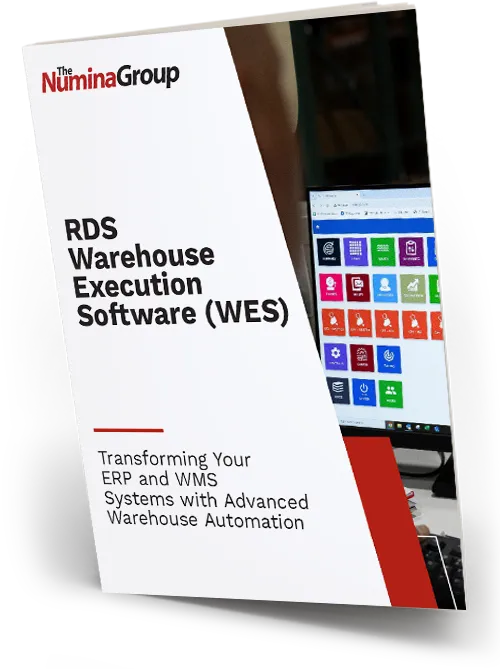Real-Time Capture of Labor Management Data to Track Worker
Productivity and Forecast Labor Needs
With labor costs accounting for up to 70% of the warehouse operating costs, tracking and monitoring worker productivity is critical. Armed with actual worker performance data, warehouse managers can:
Numina’s Real-time Distribution Software (RDS™) Labor Tracking and Reporting Software Module (LMS) provides the comprehensive data needed through the automatic tracking and measurement of worker productivity across pick, pack, and ship order operations.
Web-based screens allow managers to set expected standards for workforce tasks performed across each work zone or area, such as picking, replenishment, and cycle counting while tracking performance.
RDS™ LMS tracks labor across the entire order fulfillment process to track each worker’s tasks such as order picking with RDS™ Voice picking, carton building, packing and shipping, and trailer loading. While doing so, RDS™ measures labor and orders/hour performance over hourly time windows. Real-time and historical data is available in the RDS™ WES-WCS SQL operational database.
Measure and control productivity in multiple ways such as:
RDS LMS also makes it much easier to forecast how many full-time employees (FTEs) (full-time equivalent employees) will be needed to meet fulfillment needs. RDS LMS utilizes work-based standards to forecast labor resources required for typical throughput levels, and additional staffing needs to meet anticipated surges in order shipment volume.
During both low and high-demand periods, operational managers can use RDS LMS to project staffing needs by inputting the period’s projected order volume. Management can use this operational data to perform labor planning for peak seasons.
Real-time and historical reporting tools provide team and individual performance results as compared to work task standards. RDS LMS is an excellent supervisor coaching tool to:
Reports include:
See a live demonstration of automated order fulfillment system, fully managed by Numina’s RDS WES platform.
Tim Hanrahan explains how Rainbow Resource increased daily order throughput by 70%, with less staff, with a Numina-recommended warehouse automation solution tailored to its operations.

Are manual workflows slowing you down? Upgrade to Numina Group’s RDS WES-WCS and experience smarter, faster warehouse order orchestration. Take the first step toward peak efficiency today!